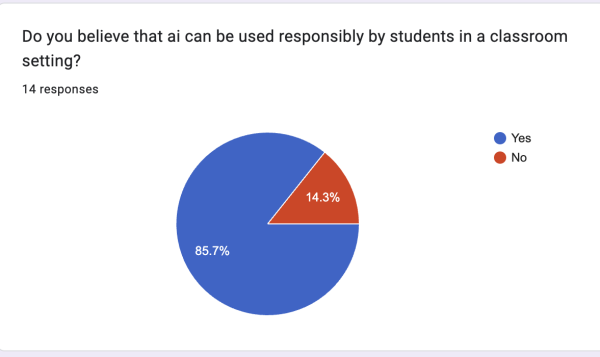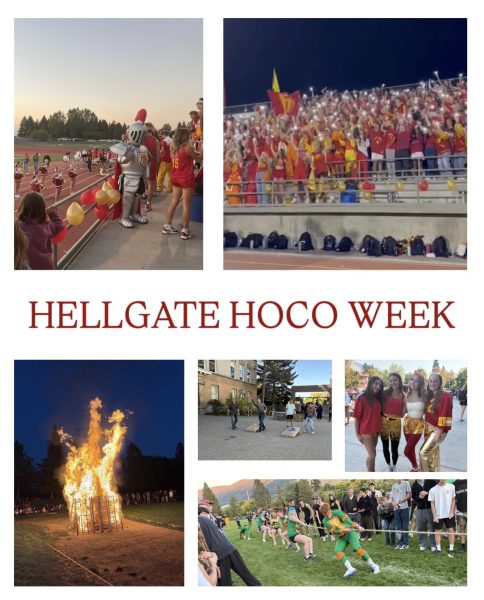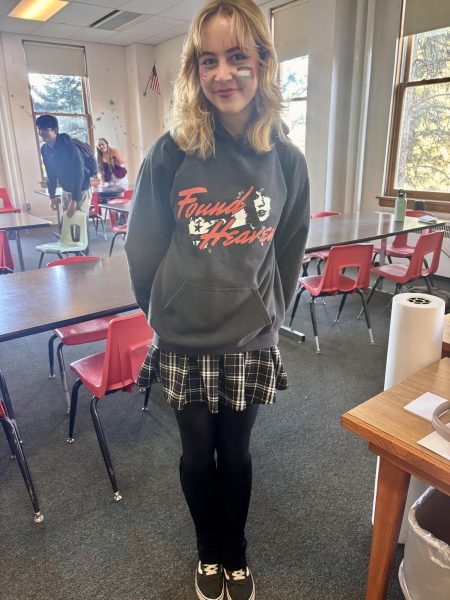Hellgate’s Family Resource Center Tackles Missoula’s Affordable Housing Crisis
With every passing year, living in Missoula becomes more expensive. Housing prices are one of the biggest culprits, with Missoula home values going up 5.8% over the past year. Currently, the median home value in Missoula is $307,400, and online real estate company Zillow predicts they will rise 3.1% in the next year, to around $317,000.
Stephanie Schilling recently moved to Missoula, and in October 2019 she purchased her first home, a 2-bed and 1-bath located in the Northside. Schilling purchased the 600 square foot house for $198k. She is grateful, because even as a two-income household, any more and it would have been unaffordable.
“It was affordable, but with a big caveat of affordable for Missoula. The prices for houses are ridiculous here,” Schilling said.
Zillow rates the market temperature in Missoula as “very hot”. The market temperature is a value based on the number of days it takes for a house to sell and the percentage of the list price that houses will ultimately sell for. In 2018, the average house sold for 98.6% of the list price. That percentage is higher than the number right before the 2008 recession, during the housing bubble.
Missoula is experiencing a housing crisis, not because of a shortage of houses, but because of a shortage of affordable housing. The majority of people in Missoula could not afford to purchase a home in Missoula right now. This is creating deeper problems within the community, including a higher population of homeless people. At any given point, there are around 300 homeless people in Missoula.
Hellgate High School’s family resource coordinator and school social worker, Tracy Ledyard, explained how the housing crisis in Missoula affects her job.
She said, “For families that are low income, housing in Missoula, or not having housing in Missoula, is probably the biggest issue.”

The Family Resource Center at Hellgate High School, also known as the FRC, is located on the first floor in between the offices and the cafeteria. Run by Tracy Ledyard, the FRC is stocked with home and school supplies and necessities. It is almost entirely stocked with donations or through donated funds.
Half of her job involves dealing with these families, and helping them. Ledyard said, “We probably have about 31 students right now that would qualify as homeless, and so that’s up a little bit from this time last year. At the end of last year, we probably had about 70, so if we’re only a quarter of the way through the year and we’re already at 31, if we stay on that trajectory we’re going to surpass it.”
“[These families] have to prioritize where their spending goes, and all of their needs probably aren’t taken care of each month, because they have to kind of pick and choose, and that’s where I feel like the family resource room can be helpful because it can help them with some of their expenses,” she said.
Besides general living expenses, the average Montana spends 25-30% of their income on housing. For families on lower incomes, they simply don’t have the money to devote to housing costs.
Buying a home in Missoula is expensive, but renting is also extremely costly. The average rent for an apartment in Missoula, as of October 2019, was $871, a 2.76% increase from last year, when the average rent was $847. One bedroom apartments rent for an average of $799 a month, and two bedroom apartments average a monthly rent of $932.
Schilling said, “Renting in Missoula was a terrible experience for us. We had a really hard time finding anything. Everything was horribly expensive and poorly maintained.”
When both purchasing a home and renting are out of the picture, it puts an extra burden on families to find affordable housing.
As a school district, it isn’t possible to provide housing for all of the students. Ledyard said, “The community is very aware of the housing shortage and issue with homelessness… As a school, we can’t really help house families, or pay for electricity bills, but plenty of nonprofits around Missoula provide those services… Our job is connecting them to the resources [we offer] and all the resources that are available in the community already… The biggest thing that I would say we do here at the school is try to take away any extra barriers for kids that are in transition to be in school.”
In Missoula, as a result of the McKinney-Vento Homelessness Assistance Act, every school has a Families In Transition (or FIT) Coordinator. Schools that receive Title 1 grants also have a family resource center. Title 1 grants are from the federal government to schools based on enrollment and their percentage of students receiving free or reduced lunch, in order to help schools support students in need.
Hellgate has a family resource center because the school used to receive Title 1 funding. Although Hellgate no longer receives Title 1 grants, Ledyard has worked with the school to ensure the Family Resource Center remains open.
Ledyard said, “We’ve just continued to stock this center, all with donations or donated funds, because it’s what a lot of families need.”
The Family Resource Center provides support in many different ways. “We have an account with Sparkle Laundry, so if families need to go do laundry we help with that. We have a food pantry upstairs. We have extra clothes. We have kind of joined forces with the church and they have provided free haircuts. We have some funds available for kids who want to participate in activities or athletics but can’t afford the fees… and we can help with transportation for some families that are struggling with housing security issues,” said Ledyard.
The median household income in Missoula is $41,968 a year. For comparison, the median household income for the US is $53,482. The rate of pay in Missoula is not increasing fast enough to support the rapidly rising cost of living. As living in Missoula becomes more expensive, and less feasible, the city dynamics change. Schilling said, “[The rising cost] scares me. How are we going to have a vibrant, diverse, interesting city if only the rich and very rich can live here? Anyone else will just have to live further outside of Missoula.”
The more expensive it becomes to live in Missoula, the more difficult it becomes for families in transition to break out of the cycle. Ledyard described it best when she said, “The whole definition of families in transition is that they’re just always in transition, there isn’t any rhyme or reason.” The best thing we can do is to support them.

Just a girl who fell in love with journalism and never looked back. This is my third year with the Lance and my second year as Co-Editor. I also play soccer...




